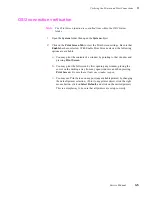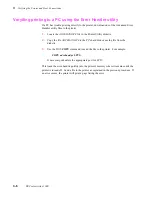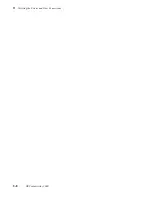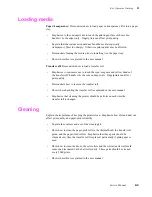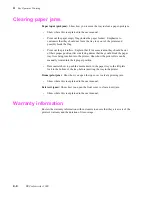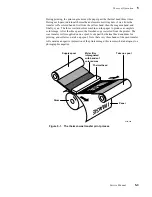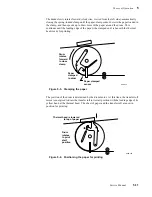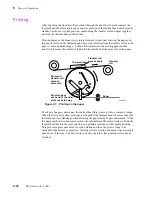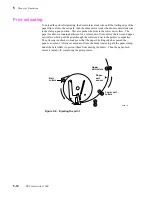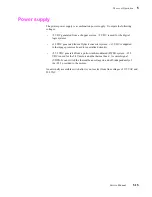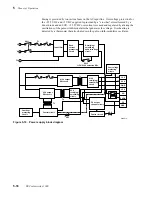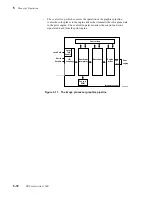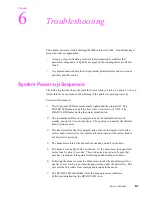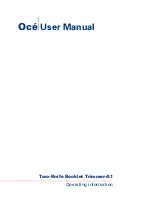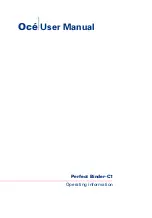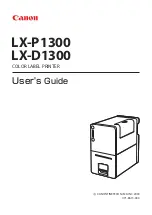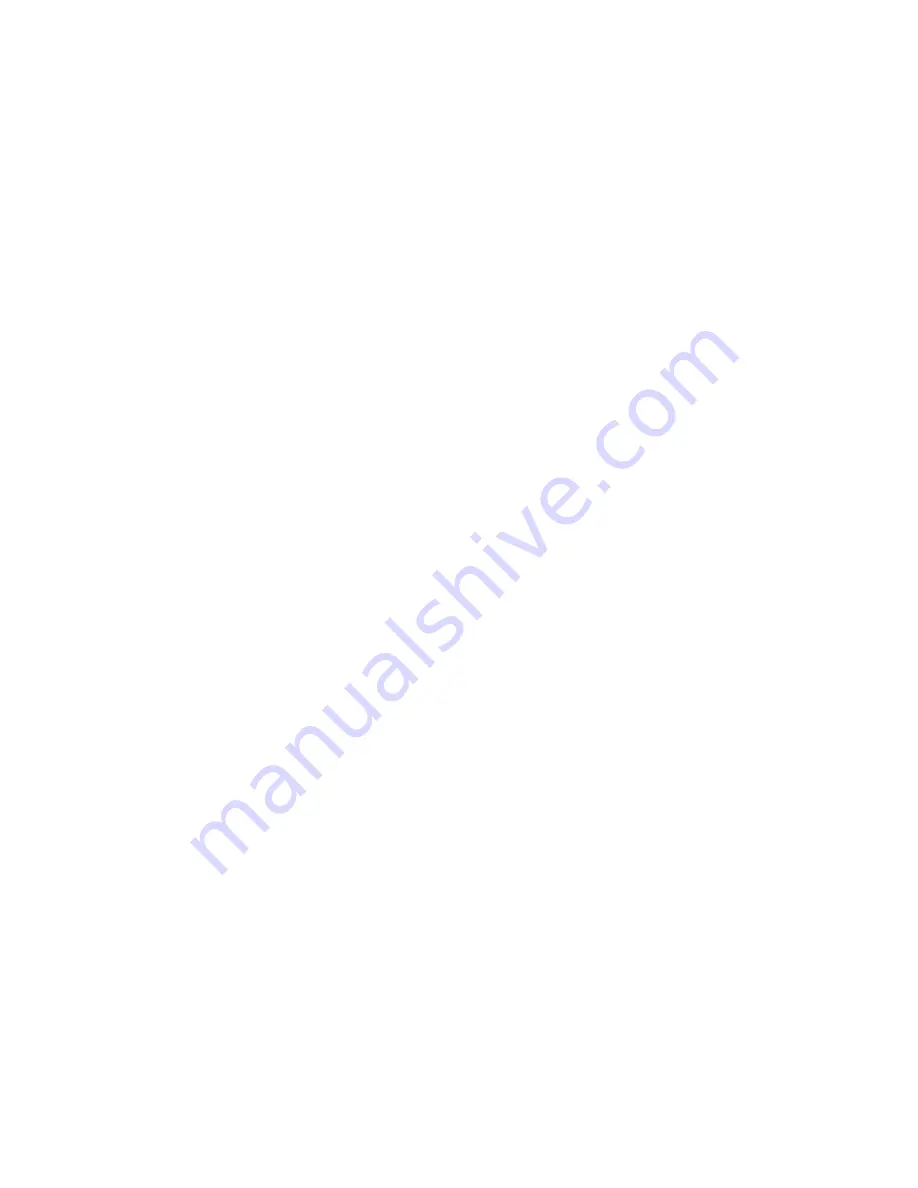
Service Manual
5-5
Theory of Operation
5
Image data
DECcolorwriter 1000 print engines must receive data in a specific format to correctly
print the image that the data represents. The printer's image processor board must
convert the data into the correct format. The following topics describe some of the data
formatting that the host or the interface module must perform.
The print engine prints an image in a raster format, line by horizontal line, dot by dot.
The image to be printed is “described” with the colors yellow, magenta and cyan. First
the yellow raster making up the image is printed, then the magenta raster is printed, and
finally, the cyan raster. It is the responsibility of the image processor board to
communicate the image data, serially, to the print engine, in this order.
Creating colors
As mentioned earlier, DECcolorwriter 1000 print engines print only the colors cyan,
magenta and yellow. However, these colors, called primary colors, can be mixed
together to simulate other colors, called secondary colors. When tiny dots of two
primary colors are intermixed, your eye perceives a third color. That is how the print
engine can use just three basic colors to create multi-colored images. For example:
n
Cyan and yellow intermixed produce green.
n
Cyan and magenta intermixed produce blue.
n
Yellow and magenta intermixed produce red.
n
Mixing yellow, magenta and cyan produces the color black.
A method called dithering creates a wide spectrum of printable colors. By intermixing
different percentages of primary colors in predefined patterns, subtle shades of other
colors can be produced. For example, if 75% of the colored dots in a square inch of copy
are magenta and the other 25% are cyan, then a dark blue will result. But if the magenta
and cyan are mixed in a 50:50 ratio then a lighter shade of blue would result. Note that
the primary color dots must be intermixed in an ordered fashion to properly produce a
particular color shade.
It is the responsibility of the image processor board to output, to the print engine, the
CMY-encoded data in the proper sequence to produce the desired dither pattern.
Summary of Contents for DECcolorwriter 1000
Page 11: ...Service Manual xi...
Page 16: ...Service Manual xv...
Page 56: ...2 24 DECcolorwriter 1000 2 Installing the Printer and Drivers...
Page 64: ...3 8 DECcolorwriter 1000 3 Verifying the Printer and Host Connections...
Page 70: ...4 6 DECcolorwriter 1000 4 Key Operator Training...
Page 170: ...8 46 DECcolorwriter 1000 8 FRU Disassembly Assembly...
Page 190: ...9 20 DECcolorwriter 1000 9 Checks and Adjustments...
Page 195: ...Service Manual A 5 Field Replaceable Units List A...
Page 198: ...A 8 DECcolorwriter 1000 A Field Replaceable Units List...
Page 204: ...C 6 DECcolorwriter 1000 C Wiring Diagrams...
Page 208: ...D 4 DECcolorwriter 1000 D Test Pattern Generator...

